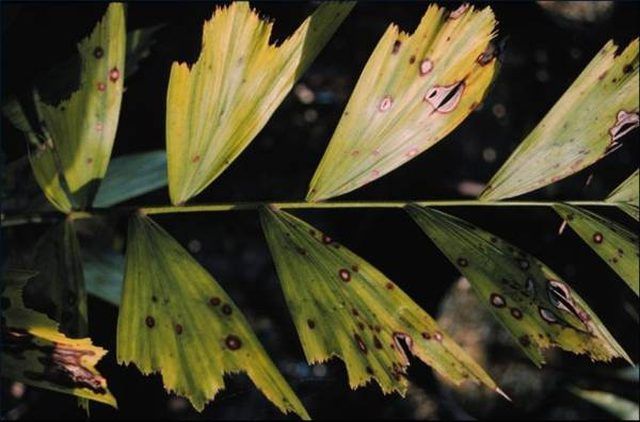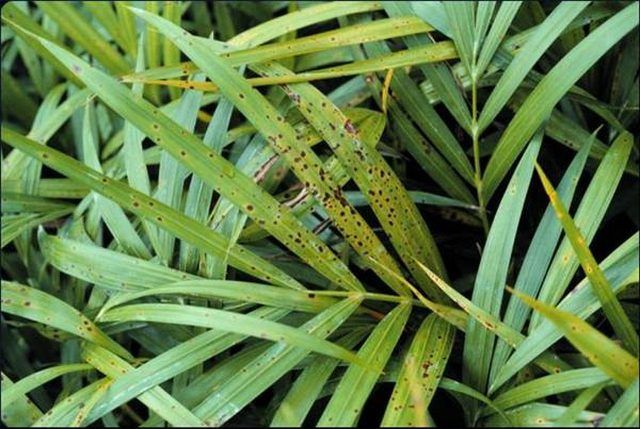Bulbs
Flower Basics
Flower Beds & Specialty Gardens
Flower Garden
Garden Furniture
Garden Gnomes
Garden Seeds
Garden Sheds
Garden Statues
Garden Tools & Supplies
Gardening Basics
Green & Organic
Groundcovers & Vines
Growing Annuals
Growing Basil
Growing Beans
Growing Berries
Growing Blueberries
Growing Cactus
Growing Corn
Growing Cotton
Growing Edibles
Growing Flowers
Growing Garlic
Growing Grapes
Growing Grass
Growing Herbs
Growing Jasmine
Growing Mint
Growing Mushrooms
Orchids
Growing Peanuts
Growing Perennials
Growing Plants
Growing Rosemary
Growing Roses
Growing Strawberries
Growing Sunflowers
Growing Thyme
Growing Tomatoes
Growing Tulips
Growing Vegetables
Herb Basics
Herb Garden
Indoor Growing
Landscaping Basics
Landscaping Patios
Landscaping Plants
Landscaping Shrubs
Landscaping Trees
Landscaping Walks & Pathways
Lawn Basics
Lawn Maintenance
Lawn Mowers
Lawn Ornaments
Lawn Planting
Lawn Tools
Outdoor Growing
Overall Landscape Planning
Pests, Weeds & Problems
Plant Basics
Rock Garden
Rose Garden
Shrubs
Soil
Specialty Gardens
Trees
Vegetable Garden
Yard Maintenance
Foxtail Palm Diseases
Foxtail Palm Diseases. The foxtail palm, also called the Wodyetia bifurcata, is a spectacular palm. The foxtail is named for its foliage. Each graceful leaf looks like a green plume fox tail. Native to Australia, this palm is grown around the world in a variety of landscapes. The foxtail is resistant to many pests and diseases but is vulnerable to...

The foxtail palm, also called the Wodyetia bifurcata, is a spectacular palm. The foxtail is named for its foliage. Each graceful leaf looks like a green plume fox tail. Native to Australia, this palm is grown around the world in a variety of landscapes. The foxtail is resistant to many pests and diseases but is vulnerable to some diseases primarily related to climate and maintenance.
Climate
Classed as a rare palm, the foxtail was named after Wodyetia, an Australian Aboriginal bushman who knew the palm culture and habitat. The native zone for this palm is a well-drained, sandy and dry climate. It thrives in sunbelt areas. When planted in cold climates or wet soils, the palm develops fungal disease such as crown rot or root rot and dies. Crown rot symptoms include fronds turning brown and the center stalk dying. Root rot develops when the roots are water-logged too long. These diseases can be avoided by cultivating the foxtail palm in temperate climates and in well-drained soils.
Leaf Blight
The foxtail palm has a slender trunk topped by arching fronds.When the palm is young, fronds may be infected with leaf spot that becomes blight. Early spots are usually brown with a yellow halo. The fungus spreads and kills the young frond leaflets. According to University of Florida plant pathologist Monica L. Elliott, this fungal disease in foxtail palms is frequently linked to iron deficiency. Treatment is to severely prune the fronds, treat with fungicide and add iron-corrective nutrients.

Brown Spot
The foxtail palm thrives in many conditions and adapts to indoor botanical gardens and outdoor walkways. The palm grows well in patio tubs, around decks and along sidewalks. It is vulnerable to brown spot fungal infections caused by overhead watering or by sprinkling in these environments. Plant pathologist Elliott recommends restricting overhead watering and protecting the plants from sprinkling if possible. Increase air circulation by keeping the plants well-spaced to encourage ventilation.

Other Diseases
Foxtail palms are resistant to most insects and diseases. They are vulnerable to various fungal diseases triggered by over-watering. The solution is controlled watering and good drainage. Foxtail palms are susceptible to iron and potassium deficiencies that make them at risk for disease. The treatment is a slow-release iron or potassium fertilizer. These palms are resistant to Lethal Yellowing, a rapidly spreading disease fatal to many palms.
Benefits
Foxtail palms are easy to grow. They tolerate a wide range of soils and grow in full sun to part shade. They have a tidy appearance and are do not need frond pruning. The foxtail palm is salt tolerant and thrives in temperate coastal climates. They remain healthy with proper watering, good drainage and palm-friendly fertilizers. From its small Australian origins, this plant has adapted to worldwide popularity.
